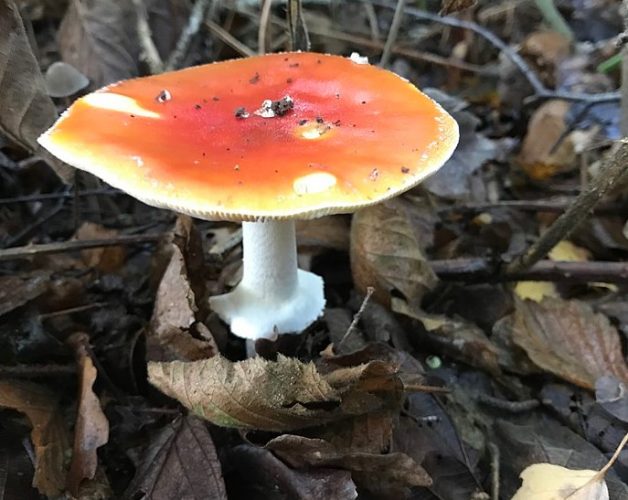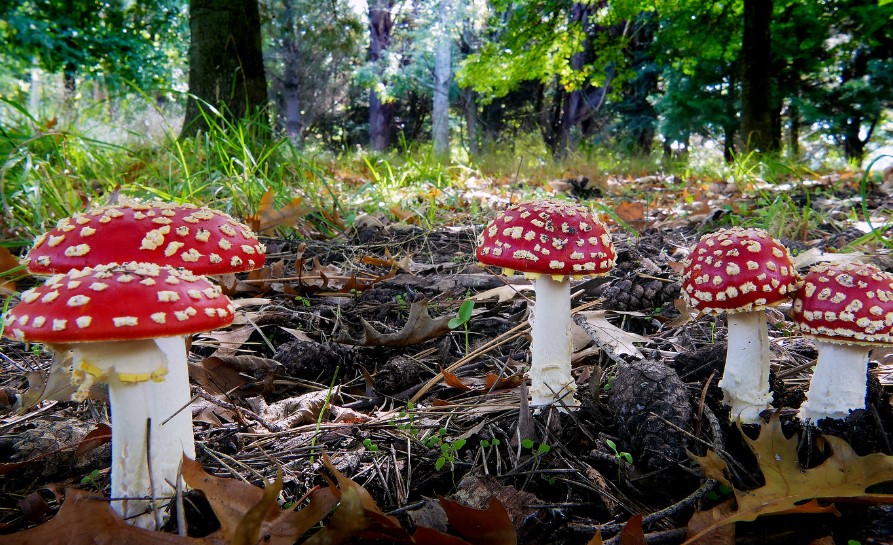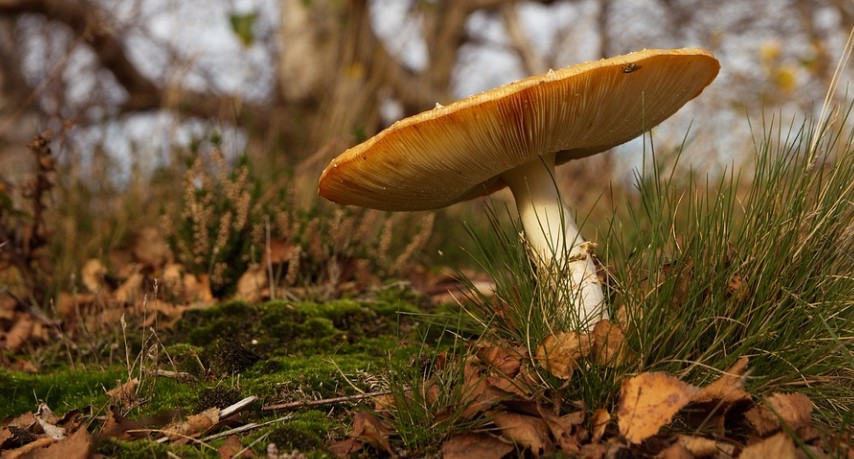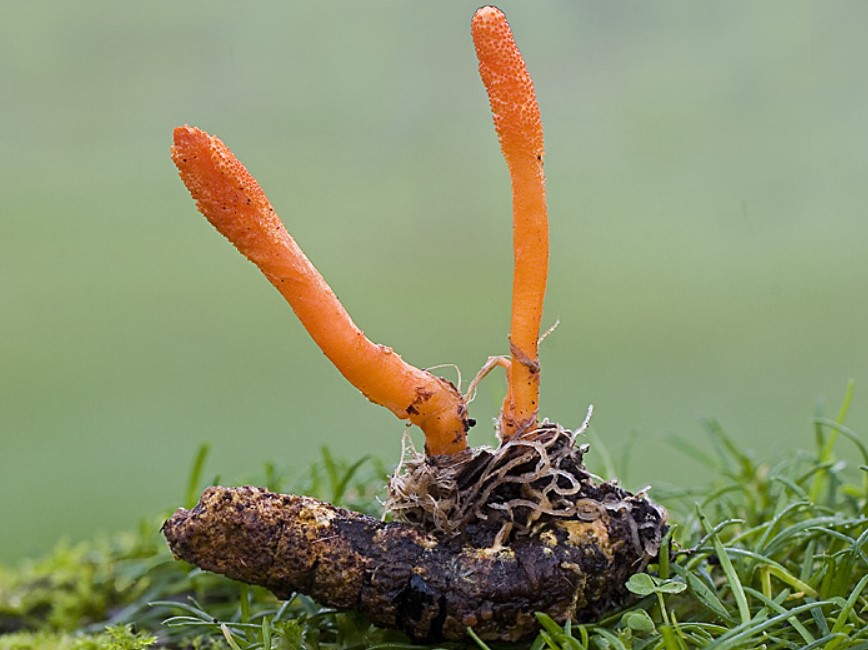Amanita muscaria , commonly known as the fly agaric or fly amanita, is a basidiomycete fungus, one of many in the genus Amanita. Native throughout the temperate and boreal regions of the Northern Hemisphere, Amanita muscaria has been unintentionally introduced to many countries in the Southern Hemisphere, generally as a symbiont with pine and birch plantations, and is now a true cosmopolitan species. It associates with various deciduous and coniferous trees.
Aminita muscaria is recognizable by its large size, its orange to red cap covered with white warts, its white gills, yellowish flesh, and stem dotted with cotton-like patches of veil material. It is a facultative mycorrhizal fungus and can form associations with trees and other plants. It fruits in late summer and fall.

Amanita muscaria , commonly known as the fly agaric or fly amanita, is a basidiomycete fungus, one of many in the genus Amanita.
The generic name Amanita means “without warts” and the original species epithet muscaria , from the Latin musca meaning “fly”, refers to the attractant qualities of some species of Amanita to insects, notably flies. The term “fly agaric” has been applied to other species such as A. pantherina ( panther cap ), but that usage is not supported by formal taxonomy; no phylogenetic relation exists between A. muscaria and other members of the Amanita genus.
A. muscaria is noted for its hallucinogenic properties, with its main psychoactive constituent being the compound muscimol . The mushroom was used as an intoxicant and entheogen by the peoples of Siberia , and has a religious significance in these cultures. There has been much speculation on possible traditional use of this mushroom as an intoxicant in other places such as the Middle East, Eurasia, North America, and Scandinavia.
In 2008, Stephen H. Pollock noted a significant difference between non- Siberian uses of A. muscaria where it was primarily used ritually rather than recreationally: “In these districts [Middle East, Eurasia, North America, and Scandinavia], it is instead the A. muscaria mushroom that is primarily sought for its mind-altering effects, with use either as an entheogen or as an intoxicant to “get high”. Thus there is no cultural tradition of using this mushroom as an inebriant in these regions.”
Although classified as poisonous, reports of human deaths resulting from its ingestion are extremely rare. After parboiling—which weakens its toxicity and breaks down the mushroom’s psychoactive substances—it is eaten in parts of Europe, Asia , North America , and Siberia .
Similar Posts From The Same Category:
- Research studies investigating potential therapeutic benefits of Amanita Muscaria
- Boost Your Pre-workout Energy with Cordyceps
- What is Lion’s Mane good for?
- Teeth Whitening for Flashy Smiles








